Review: 2011 Nissan Quest
If you want to become a leading player in a segment (say, minivans), you have a choice: Either do what everyone else is doing, only better, or do something entirely different, and hope that car buyers see the result as better. With the Mississippi-made 2004 Quest, Nissan attacked America’s minivan market using the latter strategy. The styling was bizarre, the suspension tuning was sporty, the seats were French-inspired, and the gauges were centrally located. And even after revisions relocated the gauges and improved the initially abysmal reliability, the gambit failed. That particular Quest came to a slightly premature end with the 2009 model year. Now, following a one-year hiatus, Nissan has launched another Quest. This iteration is very different from the 2004, but still manages to be very different from the competition. Prognosis?
The 2004 Nissan Quest was designed with the American market in mind. The 2011 is a rebadged JDM Nissan Elgrand. Either the Japanese domestic market likes big butts, or someone in Nissan’s design staff does, because the new minivan’s styling accentuates el grande backside. There’s a reason the D-pillars aren’t usually blacked out on minivans. Ditto the rarity of high beltlines in the segment. They don’t get much higher than the new Quest’s, and the minivan’s sides appear unusually tall as a result.
Those attracted by the exterior styling (or at least not repulsed by it) will find the segment’s most luxurious cabin inside the new Quest. The instrument panel is conservatively styled in the luxury car idiom, with a wide swath of faux timber beneath a soft-touch upper. The door panels are thickly padded and include freakishly wide armrests that should serve well on long stretches of Interstate.
Sadly, the ergonomics are awful. Thanks to the small windows, the view forward is far less expansive than in the typical minivan. Or even the typical bunker. I raised the soft driver’s seat to partially compensate. Visibility in other directions is similarly restricted by the high beltline. The infotainment system’s touchscreen is a couple inches out of reach and the IP-mounted shifter partially obstructs the HVAC controls. The switch for the driver seat’s power lumbar adjustment avoids discovery by hiding on the seat’s inside rear pedestal, but this isn’t an issue once you know where to find it.
Functional compromise continues in the rear quarters. As is often (but not always) the case with minivans, the second- and third-row seats are low to the floor. Move the second row all the way back and there’s a minimal amount of legroom for adults in the third—even if the official specs suggest otherwise. There’s considerably more passenger room inside a Toyota Sienna and especially inside a Honda Odyssey, both of which also offer an eight-passenger option that the captains-only Nissan does not.
Though it’s been 16 years since Honda introduced the first stowable seat with the Odyssey, the industry continues to struggle with how to handle the seats in a minivan. Nissan’s solution with the new Quest: fold them flat atop the floor, SUV style. This has the advantage of providing a flat floor without removing any seats. But, since the seats do not stow beneath the floorpan as in the Chryslers, the resulting floor is high. This shows up in the cargo volume specs: only 108.4 cubic feet for the Quest vs. 148.5 for the Odyssey. In all fairness, the former figure excludes a large, 11-cube storage compartment beneath the Quest’s rear floor. If you’ve been wanting a trunk inside your minivan, it’s here, and possibly worth the sacrifice in total volume.
This being a large, front-wheel-drive Nissan, the engine is a 3.5-liter V6 (in this application good for 260 horsepower and 240 foot-pounds of torque) and the transmission is a CVT. The V6 is silent at idle but a little gruff when revved. Acceleration, abetted by a CVT with no qualms about taking the engine to the high side of the tach and then holding it there, is well beyond the needs of most minivan drivers. Precise manual control over the CVT, present in some Nissans, is absent here. But hints about your desires can be passed to the CVT via an OD lockout button and an L shifter position.
The revised Dodge Grand Caravan stakes out the firm, tight extreme of the minivan handling spectrum. The new Quest, in sharp contrast to its predecessor, stakes out the other. The Nissan’s steering is unusually light and numb, even by minivan standards, and the pillow-soft suspension tuning permits copious lean in even moderate corners. Heavy understeer as well. There’s not much mechanical control inherent in the chassis, so it should come as no surprise that the electronic stability control intervenes very early and very aggressively. The ride is smooth in the traditional American luxury sedan way, so uneven roads effect some float and bounce. Even a Toyota Sienna is a driving machine in comparison.
The price for all of this JDM goodness? In the cheapest-dealers-will-stock “SV” trim, with floormats: $31,890. This is $150 above the similarly equipped Honda Odyssey EX, and so about $2,500 more than a comparable Dodge Grand Caravan or Toyota Sienna (based on comparisons using TrueDelta’s car price comparison tool). Honda has worked hard to justify the high price of its minivan. Nissan…I’m not sure what they’re thinking.
We’ve been known to bemoan the “domestic market” cars that foreign auto makers don’t deign to offer in the US. “JDM” has a certain cult following here. But the track record with such products, when they are finally imported, is clear. Just consider the Nissans. Second-generation Infiniti Q45? DOA-it never had a chance. First-generation Infiniti M sedan? After some initial enthusiasm—the price was low for an imported luxury sedan with a strong DOHC V8—sales were similarly miniscule. Fourth-generation Nissan Quest? Between the odd styling, poor visibility, tight interior, squishy handling, and high price there’s no reason to expect the outcome to be different this time around.
Brian Evans of Suburban Nissan helpfully provided the vehicle for this review. Brian can be reached at 248-715-2062.
Michael Karesh operates TrueDelta, an online source of automotive reliability and pricing data
Michael Karesh lives in West Bloomfield, Michigan, with his wife and three children. In 2003 he received a Ph.D. from the University of Chicago. While in Chicago he worked at the National Opinion Research Center, a leader in the field of survey research. For his doctoral thesis, he spent a year-and-a-half inside an automaker studying how and how well it understood consumers when developing new products. While pursuing the degree he taught consumer behavior and product development at Oakland University. Since 1999, he has contributed auto reviews to Epinions, where he is currently one of two people in charge of the autos section. Since earning the degree he has continued to care for his children (school, gymnastics, tae-kwan-do...) and write reviews for Epinions and, more recently, The Truth About Cars while developing TrueDelta, a vehicle reliability and price comparison site.
More by Michael Karesh
Latest Car Reviews
Read moreLatest Product Reviews
Read moreRecent Comments
- Bd2 Would be sweet on a Telluride.
- Luke42 When will they release a Gladiator 4xe?I don’t care what color it is, but I do care about being able to plug it in.
- Bd2 As I have posited here numerous times; the Hyundai Pony Coupe of 1974 was the most influential sports and, later on, supercar template. This Toyota is a prime example of Hyundai's primal influence upon the design industry. Just look at the years, 1976 > 1974, so the numbers bear Hyundai out and this Toyota is the copy.
- MaintenanceCosts Two of my four cars currently have tires that have remaining tread life but 2017 date codes. Time for a tire-stravaganza pretty soon.
- Lorenzo I'd actually buy another Ford, if they'd bring back the butternut-squash color. Well, they actually called it sea foam green, but some cars had more green than others, and my 1968 Mercury Montego MX was one of the more-yellow, less-green models. The police always wrote 'yellow' on the ticket.



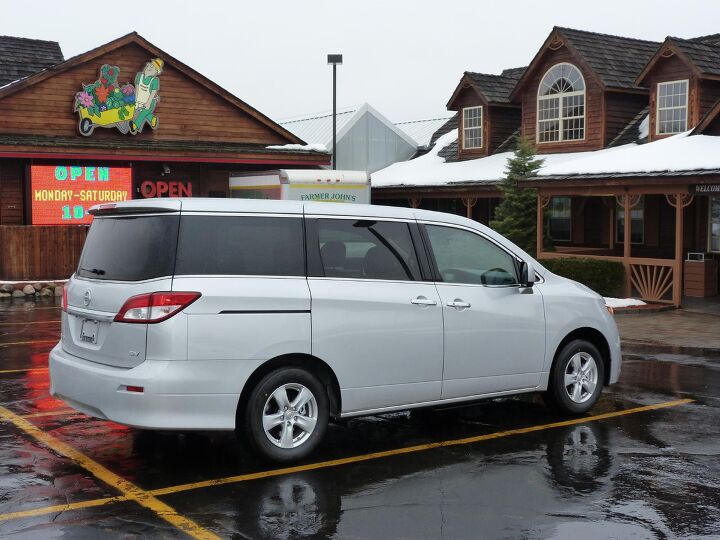


































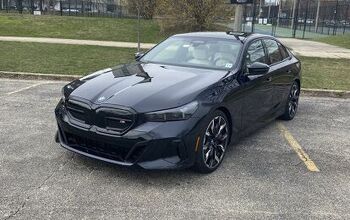

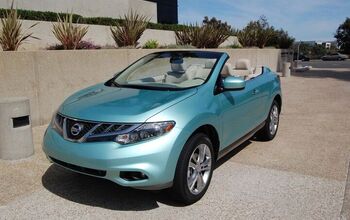
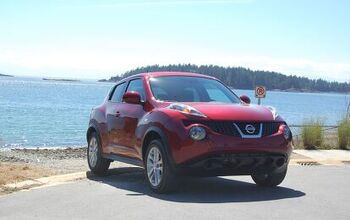
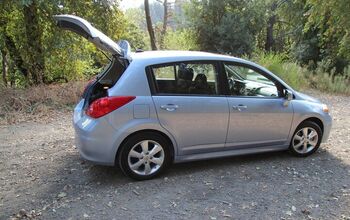
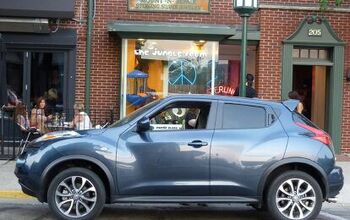
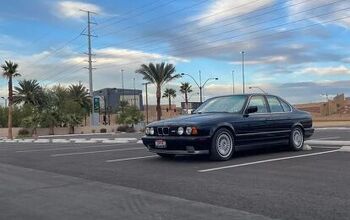
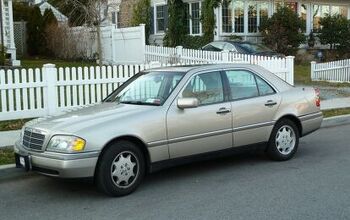
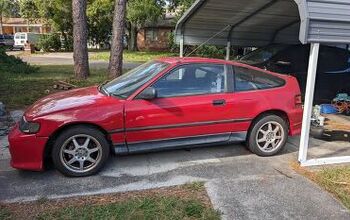
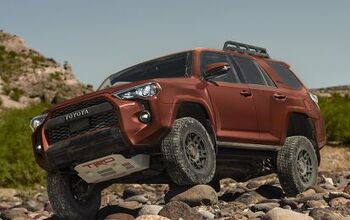
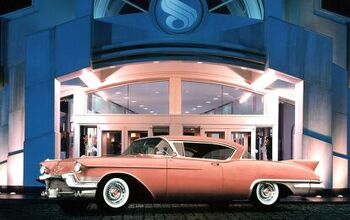

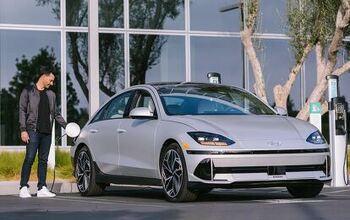

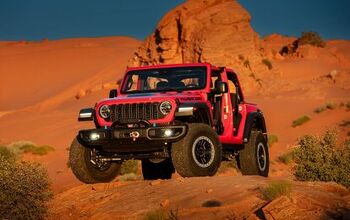
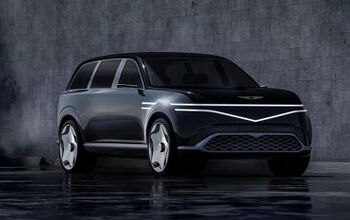
Comments
Join the conversation
Michael, thanks for writing a review that we really enjoyed reading! Busam Nissan 1501 E. Kemper Road, Cincinnati, OH 45246 http://www.busamnissan.com
Typically, I don't comment when I disagree with a review - but I have to make an exception with the new Quest. I just don't think most of the automotive press agree with your sentiments here. While I've read some reviews suggesting the styling is unconventional and possibly off-putting, the vast majority of reviewers consider it to be outstanding in the looks department. Proportionally, the Quest wins. The high belt-line that you point out, makes for very elegant lines along those doors and windows. That sweeping (and yes, large) rear end, is totally Japanese in the way the Cube and the Scion models are. For a Minivan styling aspect, I and most reviewers find the look appealing. I do agree the vehicle gives a good amount of body lean, but it's a minivan. Anyone remotely suggesting that they're looking for no body lean in a minivan is being unrealistic and wouldn't possibly be a potential customer for this kind of vehicle. Who wants a minivan that has front strut tower braces, and leans into turns? Who wants tight steering in something that big? I like the soft, easy riding, suspension and forgiving steering radius. It keeps kids from spilling their drinks, and long trips are comfy. Also, who expects lots of leg room in the back seat of a minivan? These seats are for kids. If, as an adult, you got stuck in the back of a minivan, it would be an uncommon occurrence at best. That rare inconvenience would be far out-shadowed by the long-term benefits of a smaller "mini" van on your gas budget. To your credit, you did point out that amazing interior trunk. When I test drove the Quest, we stuck a 6 foot man inside the thing, comfortably. I agree with your statement that it's so useful, it more than makes up for the smaller interior cargo space with the seats folded down. With that being said however, the Quest's layout makes more sense to me than most of its competitors. While I feel that removable seats are always the most efficient arrangement, this system is the most flexible. Customers who need a van, need to move people and stuff. How often do you need to just move stuff, and how often would it be more than 108 cubic feet could handle? If you did need to move more than that, why wouldn't you also have people going along? In the end, you have to think like a minivan owner. They aren't going to use the thing like a pickup truck, so their cargo room shouldn't ever be reviewed like it would be. The Quest gives you the ability to keep all your seats in your vehicle, easily folded, while you move equipment along with them. You can shift things around and have the use of the people-moving vehicle it was designed to be. I think when you combine that with the looks, the Quest wins the segment hands down.